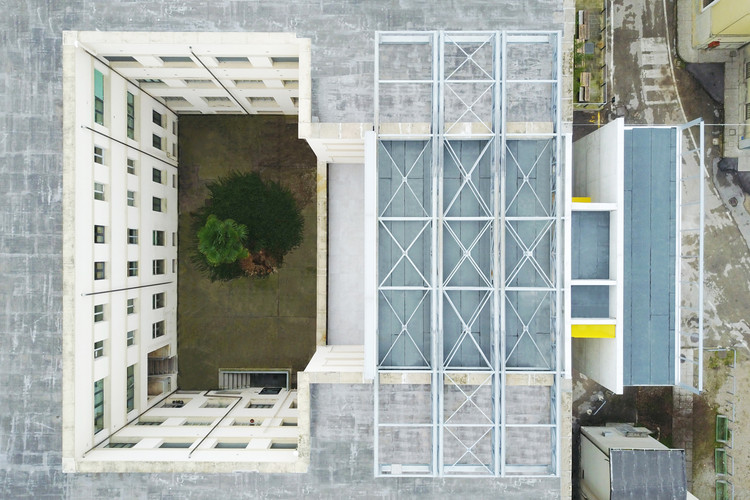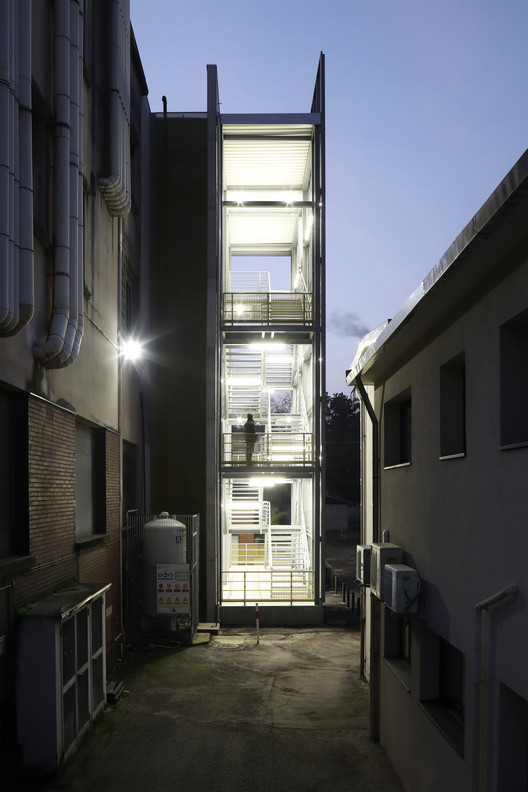
-
Architects: ENA - Engineering Architecture
- Area: 740 m²
- Year: 2018
-
Photographs:atelier XYZ
-
Manufacturers: Alucobond, Schüco
-
Lead Architects: Edoardo Narne, Gianluca Salvemini

Text description provided by the architects. The building complex of the Institute of Pharmaceutical Sciences was built between 1933 and 1937, commissioned by the University of Padua, following a national competition won by the Arch. Giuseppe Merlo of Milan..Today, after 70 years, the changed needs of the Department of Pharmaceutical Sciences are pushing for a partial rethinking of the internal layout, prompted by requests to accept new functions and a rationalization of internal paths.

































